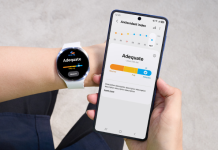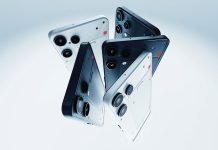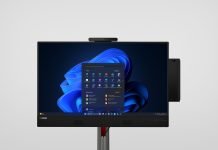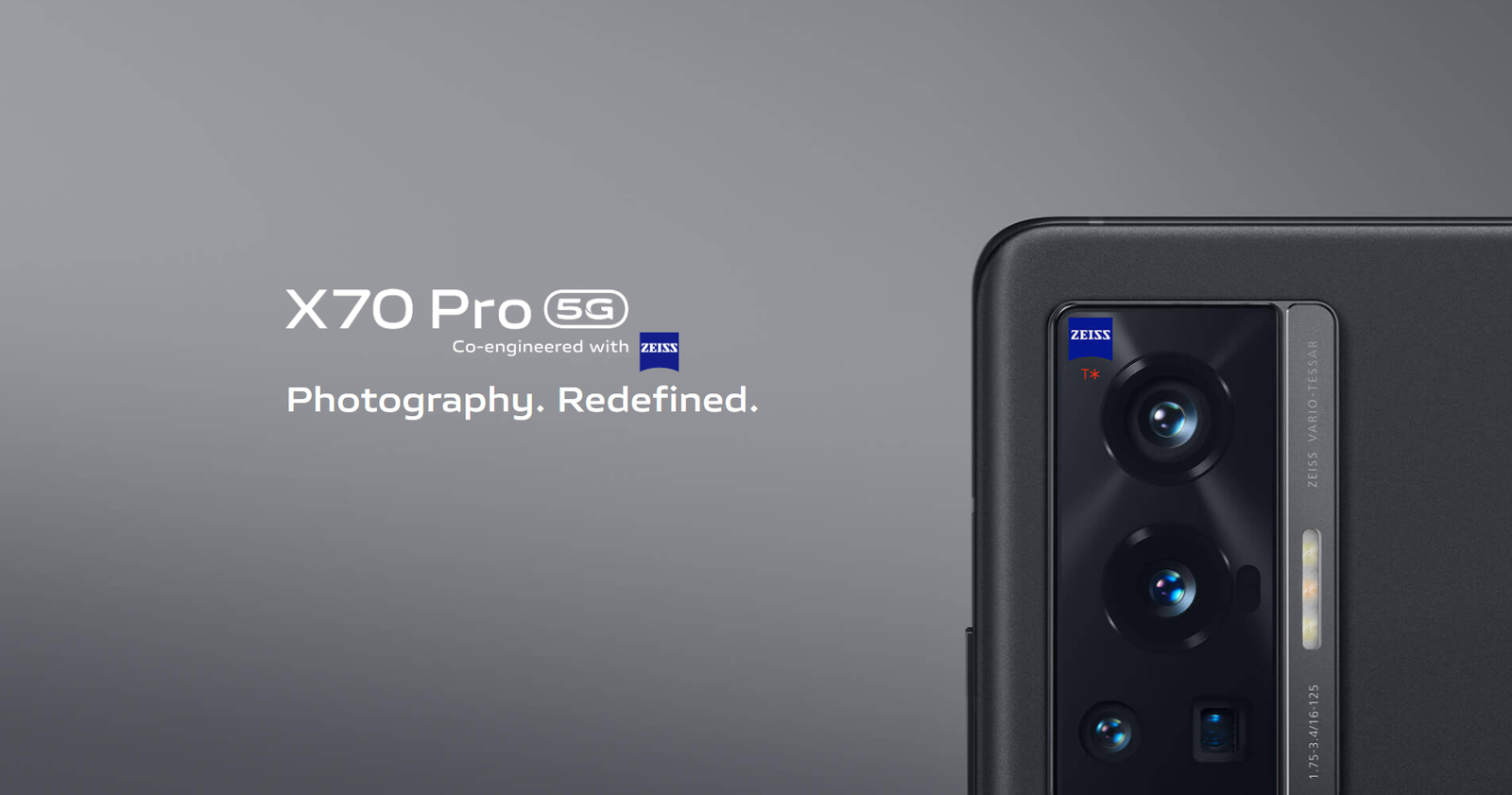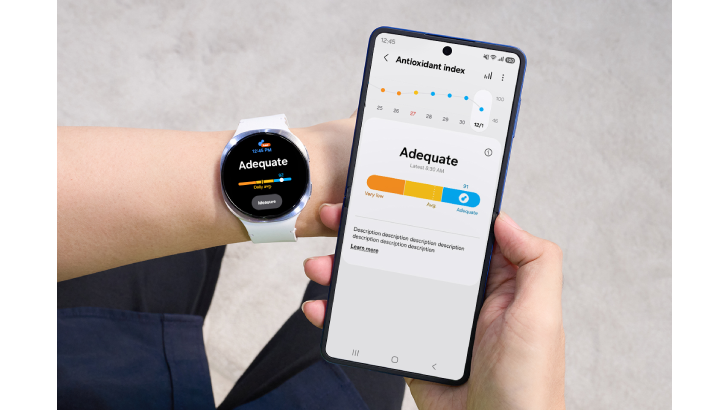Today, the lines between a traditional DSLR camera and a modern smartphone camera system are blurred. As a result, some camera manufacturers are now mostly prioritising higher-end DSLRs, priced generously beyond the 5-digit mark, leaving a gap in terms of options for the photography enthusiast. Fortunately, modern smartphone cameras are more than up to the task.
What’s the secret?
Two words: artificial intelligence.
Defined as a simulation of human intelligence processes by a computer system, artificial intelligence is a programmetrained to “learn” via ingesting large amounts of data as well as correlation and patterns analysis, amongst other things, in order to make predictions and assumptions before adapting accordingly.
In today’s smartphones, the AI system is, figuratively, a more primitive and single-minded JARVIS, but specially designed for the sole purpose of capturing the best image using available hardware and algorithms.
One may argue that the AI system is similar to the Auto mode prevalent in many DSLRs, where the camera is tasked to automatically select the optimum shutter speed, aperture, ISO, and flash settings. Be that as it may, an Auto mode is merely a “follow a (limited) set of predetermined rules” affair.
In comparison, artificial intelligence is that and more in many ways – after countless development hours of learning through exposure to countless photographical conditions, it has, an albeit limited, means to ‘think’. Although yet to fully take over from professional photographers and image editors, its capabilities are more than sufficient for amateur or recreational usage.
A smartphone camera’s AI detects the subject and tweaks its settings (shutter speed, exposure, saturation, colour depth and the likes) and makes necessary adjustments in real-time, usually without a user’s prompt via a tap of the screen.It automatically analyses the image data, compares it with an internal database, and offers an optimal picture almost instantaneously.
The latest AI can take multiple photos within several milliseconds, and instantly stitch together the best parts of each of them to form one excellent composite photo. Not limited to photos, an AI can alsoguarantee that a video’s lighting, shadows, and colours to provide a look as true to life as possible.Other functions include, but are not limited to: face detection and skin smoothening, both common in front camera and ‘selfie’ functions, and colour correction.
Some higher-end smartphone cameras are able to create 3D scans of objects and rooms, AI-optimised images, and cinema-quality videos that many purpose-built cameras can’t replicate.
Beware, DSLRs, you are in the (camera) scope
Historically speaking, the growth and development of photography has always been driven by using whatever’s faster and cheaper to produce, obtain, and use.
As an example, roll films replaced sheet films, despite their relative inferiority, because they were faster and cheaper to develop.Digital cameras replaced film because, again, sacrificing image quality, is worth the faster availability and lower price.
According to this trend, the DSLR will not be able to stay on its perch for long five years ago, a f/2.0 lens trio of a front camera with two sensors, 20MP and 8MP respectively, paired with a 16MP rear camera, LED flash, as well as “Shot Refocus” and Bokeh Mode functions was considered cutting edge. Nowadays, a 12MP camera is one of 5-camera setup in a single smartphone, working together to produce a near-perfect shot, yet still functionally usable individually when called upon.
A camera’s image sensor receives light coming in through the lens and turns it into an image.The bigger the sensor, the more pixels it has, and the more light it allows in, which results in a higher quality image.Any modern camera smartphone with a good-enough sensor can produce photos of a quality good enough to print and display.
Furthermore, shooting modes, like Portrait Mode, and in the case of the vivo X70, ZEISS-sourced Biotar, Distagon, Planar, and Sonnar, accurately simulate an added-on lens experience with support from the camera’s AI.To an extent, you are able to access most DSLR features, albeit limited versions of them, on a modern camera smartphone without having to fumble with a physical knob.
Finally, at the end of a long day of shooting, you have access to a plethora of editing apps, are able to share the best shots instantly on social media, and back-up your work on the cloud, without ever having to involve a memory card or a USB cable.
Kind of there, but not quite
Despite its impressive spec-sheet and convenience, there is still much any camera smartphone cannot do, in comparison to a purpose-bult DSLR.
As an example, sensors in dedicated cameras are significantly larger than smartphone cameras, as they do not have sizing and shaping limitations due to its one-use-and-one-use-only nature. As such, they allow in a lot more light and produce better photos, with more dynamic range, excelling even in low-light scenarios.
A DSLR will also give you more creative control with exposure, as you have complete control over your shutter speed, aperture, and ISO settings, allowing you to create those bokeh photos or even have a go at macrophotography. Although smartphone cameras possess the ability to simulate a lot of these scenarios, but they are only as good as the software that they ship with and are generally limited to being a gimmick. Also, digital zooming’s magnification technology via increasing pixel size and cropping, will never be as good as optical zoom with use of a long-range lens.
Although sensors are still somewhat inferior and smaller than those of DSLRs, with size limitations and pricing slowing its progress into household popularity. It won’t be long before smartphone cameras catch up to DSLRs with the backing of near-unlimited resources in research and development, and global sales revenue. At the end of it all, the beauty is in the eye of the beholder, and it all boils down to personal choice.
Nevertheless, credit must be given where it’s due, andAI camera capabilities and computational photography can only develop further as it becomes more widespread and understood.
AI has also helped save time and maximise storage space via shooting aids and recommended focus and angles, and auto-deletion of blurry or otherwise unusable photos.
The future holds a lot of potential, as it should, and we can see AIs working together across different platforms (for example, a seamless transition between a camera’s AI and image editor’s AI).Perhaps even an AI that teaches its user the basics (and more) of photography?
In a nutshell, the AI system and advancements in mobile photography hardware have led to many photography and videography enthusiasts to opt for smartphones instead. And today’s smartphones are more than up to the task. Take for example, the vivo X70 series with its in-built Ultra-Sensing Gimbal Camera, and ZEISS T* coating lens – these are features one would expect in a proper DSLR, but it’s now available in a package that fits in your pocket. The smartphone is indeed the camera system for the future and smartphone manufacturers like vivo are on the precipice.
For more information about vivo X70 series, please visit the official website.



